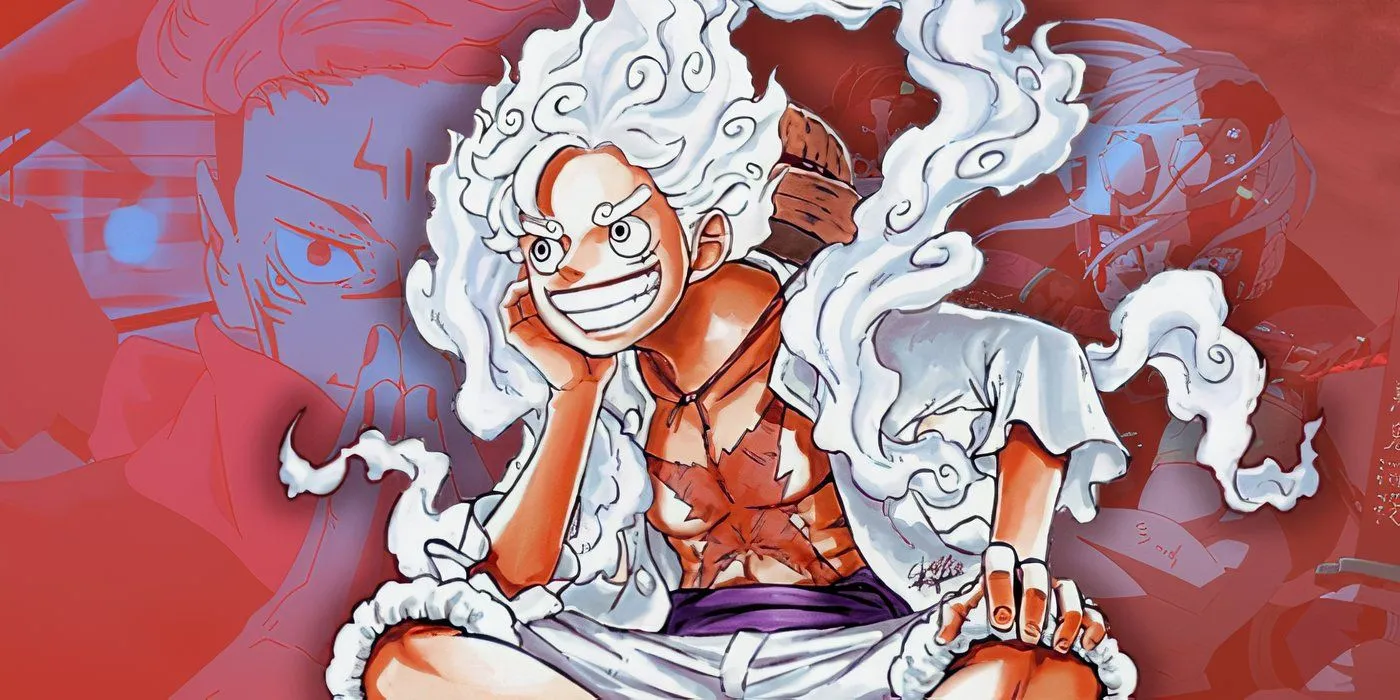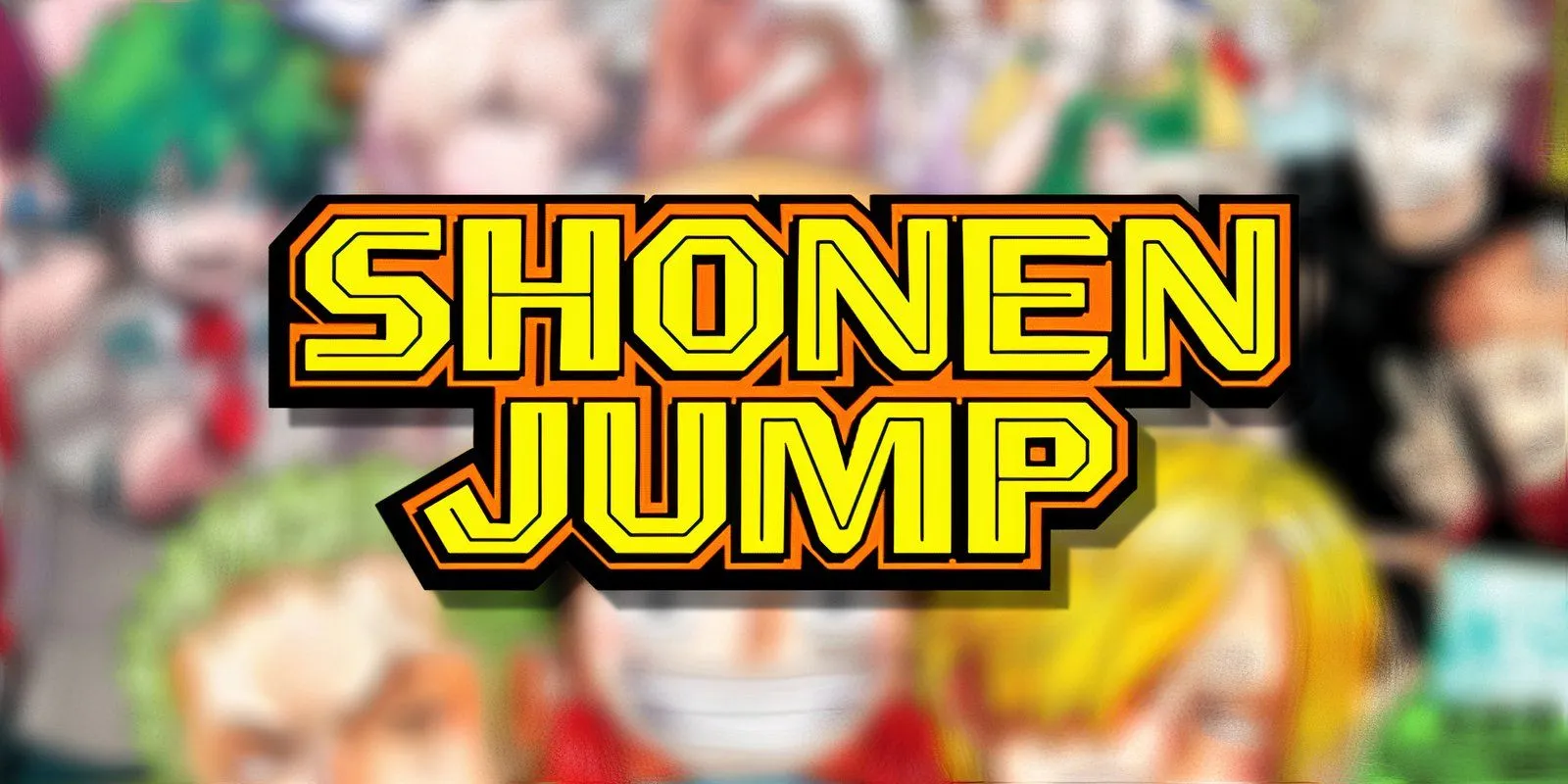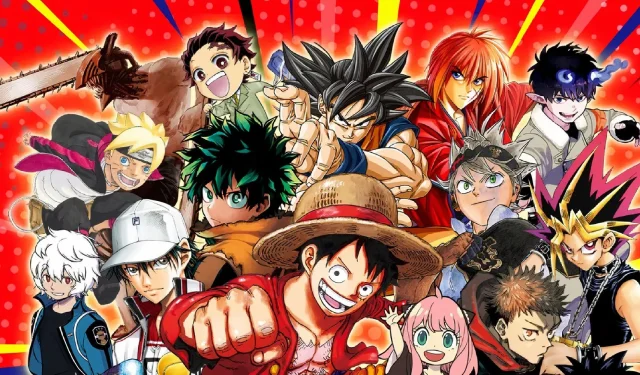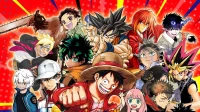Shōnen Jump has experienced a notable transformation over the past few years. Once a steadfast leader in the manga industry, the magazine has seen many of its groundbreaking series, including Jujutsu Kaisen, My Hero Academia, and Black Clover, either come to an end, move to sister publications, or enter indefinite hiatus. This succession of events has raised questions regarding the potential repercussions on readership and revenue. However, the current lineup suggests that the editorial team may not be overly concerned, as many of the new entries have garnered a lukewarm response from fans.
Valuing Fan Opinions: A Key to Shōnen Jump’s Success
The Role of Reader Feedback in Shōnen Jump’s Strategy

Historically, Shueisha’s Shōnen Jump did not dominate the manga scene. Upon its inception in 1968, it faced stiff competition from established titles like Kodansha’s Shōnen Magazine and Shogakukan’s Shōnen Sunday. In its early years, Shōnen Jump struggled for recognition until its management made a groundbreaking decision to prioritize reader feedback in shaping its editorial direction. This strategy was pivotal in securing the magazine’s place in the manga landscape.
According to Frederik L. Schodt’s book Manga! Manga! The World of Japanese Comics, Shōnen Jump’s editors implemented the “Anketo System,” a reader survey initiative designed to continuously assess audience reactions. This approach not only determined which manga would thrive in the magazine but also which might be canceled or relegated to lesser publications. Although it has faced criticism for its harshness, the Anketo System has undeniably helped Shōnen Jump cultivate iconic series like Dragon Ball, Naruto, Bleach, and One Piece, solidifying its status as a dominant force in the industry.
Shōnen Jump’s New Titles and Their Departure from Tradition
The faster Weekly Shonen Jump axe these series the better. The lineup is in a bad place right now; I think it’s time to cull the deadweight. pic.twitter.com/p8LrlAOhoe — Skyzaid | cr: Zatch Bell (@summerskyrender) March 27, 2025
Skyzaid’s sentiment resonates with many fans familiar with Shōnen Jump’s historical context. Traditionally aimed at teenage boys, shōnen manga has featured action, adventure, sports, and combat as its mainstay themes. Although genres such as comedy and romance occasionally find a place—e.g., Ruri Dragon—they are typically outliers. The recently concluded series, such as My Hero Academia and Demon Slayer, epitomize classic shōnen themes.
In stark contrast, some of Shōnen Jump’s new titles venture into unconventional territory. For instance, Shiba Inu Rooms follows a new apartment owner grappling with a ghostly dog left behind, while Star of Beethoven narrates the journey of a music student mentored by a reincarnated Beethoven. Similarly, Bug Ego revolves around two students discovering life hacks with potential pitfalls. While these narratives present unique concepts, they lack the action-oriented narratives long synonymous with Shōnen Jump’s identity, raising concerns about their sustainability within a competitive market.
For Shōnen Jump to Reclaim Its Legacy, Rethinking Its Lineup is Crucial

Despite the performance metrics, the new titles might indicate a significant shift in the approach to manga creation, suggesting a reluctance among creators to commit to lengthy series in a rapidly evolving landscape. An article by CBR highlights this trend, indicating a move towards shorter series concluding in less than 300 chapters. If true, this shift could help explain the recent influx of non-traditional titles within Shōnen Jump.
Regardless of the rationale behind these new releases, achieving the legendary zenith of past hits like Naruto and Bleach, or the recent successes of Jujutsu Kaisen and Demon Slayer, seems elusive. For Shōnen Jump to re-establish its status as a pioneering force, it must return to the foundational storytelling that has historically defined its success. Emphasizing the high-action adventures and fiercely competitive rivalries that are the hallmark of shōnen will be essential. By revisiting its roots, Shōnen Jump may once again assume its rightful place at the forefront of manga.


